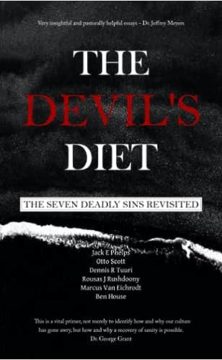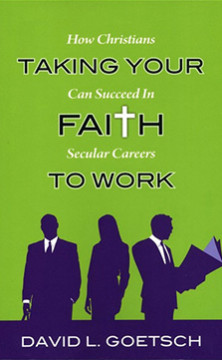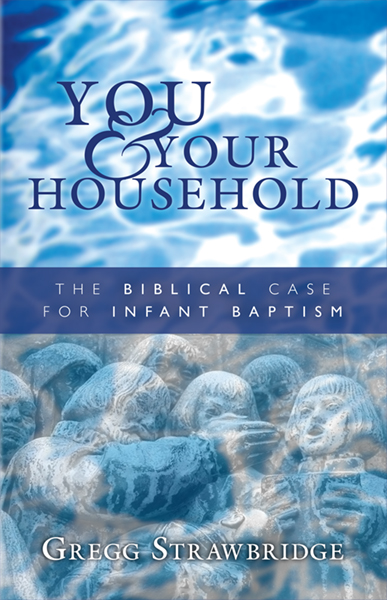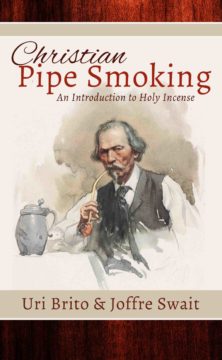Podcast: Play in new window | Download (Duration: 17:19 — 23.1MB)
Subscribe: Apple Podcasts | RSS
On this episode, we examined the recent State of the Church Theology Survey produced by Ligonier Ministries. Pastor Uri Brito interviews CEO and President of Ligonier Ministries, Chris Larson. We discuss the status of Ligonier Ministries after the death of its beloved president, R.C. Sproul, and also the state of theology survey which asks a host of questions to the evangelical population concerning the doctrine of Christ, salvation, and sexuality.
Chris Larson
Chris Larson is president and CEO of Ligonier Ministries. You can follow him on Twitter @ChrisLarson.
Additional Resources:
A Renewed Mind, A Transformed Mind
Reflecting on the Life of R.C. Sproul
Quotes from Chris Larson in the Interview:
“The higher educated and the higher income brackets, the less orthodox people are across America.”
“Our politics and our sociology flow out of our theology.”
























